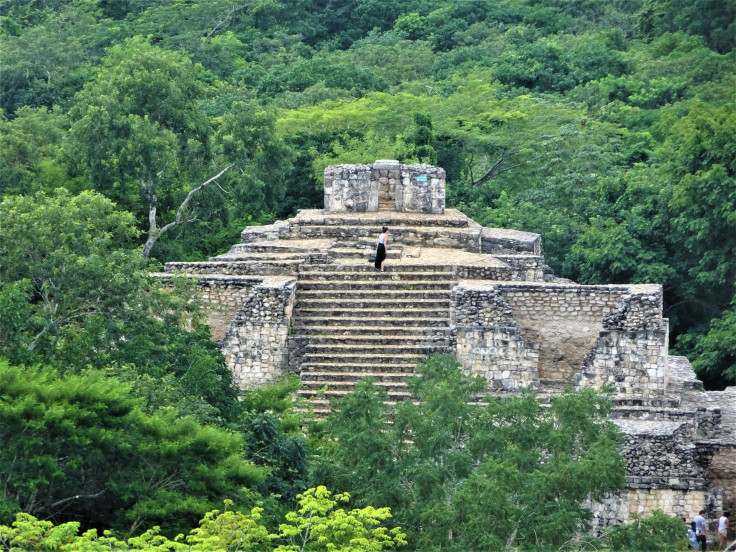Researchers from France and the United States who are using new technology to survey an area in Northern Guatemala have announced on Wednesday that they have found an ancient Mayan settlement in the area that raises questions about the civilization’s past.
The survey of the remains of the settlement was done by a research team from the U.S. and France led by Idaho State University archaeologist Richard D. Hansen, exploring the Mirador-Calakmul Karst Basin in Northern Guatemala and finding 964 new settlements that have been hidden from archeologists for years, according to Artnet News.
The team was using LiDAR technology, short for Light Detection and Ranging, to survey the area better. Hansen’s team remarked that the technology being used is better suited for archeological digs in Central and South America due to their ability to see through the vast rainforests of the region, ARTnews reported.
Using the LiDAR technology, they were able to create a three-dimensional model of the settlements that were buried in the area, and found a 2,000-year-old Mayan settlement in the area that raises question about the current prevailing theories about the Mayan civilization that we have today.
The LiDAR technology established that some settlements which would have been seen as separate from each other in previous digs might actually have been interconnected due to finding miles of raised beds. These may have been used as roads that suggested “a social and economic cohesion that exceed those of lesser polities during these periods.”
Also found during the study were around 30 ball courts, which suggested that these ancient Mayan settlements were advanced enough to have areas made specifically for play and relaxation through ancient Mesoamerican sports. A huge 230-foot pyramid was also discovered in the area, further suggesting a centralized system.
The researchers, who published the findings thus far in ancient Mesoamerica, are reportedly looking into studying the dense, city-like area further to better delineate the towns, villages, and cities in the area and how they connect with each other, calling the endeavor a “thorny issue.”
“The expansion and control of labor for such massive, contemporaneous monumental architectural groups suggests a unified power that could draw on labor and resources from throughout the entirety of the [Mirador-Calakmul Karst Basin],” the researchers said.

© 2025 Latin Times. All rights reserved. Do not reproduce without permission.





